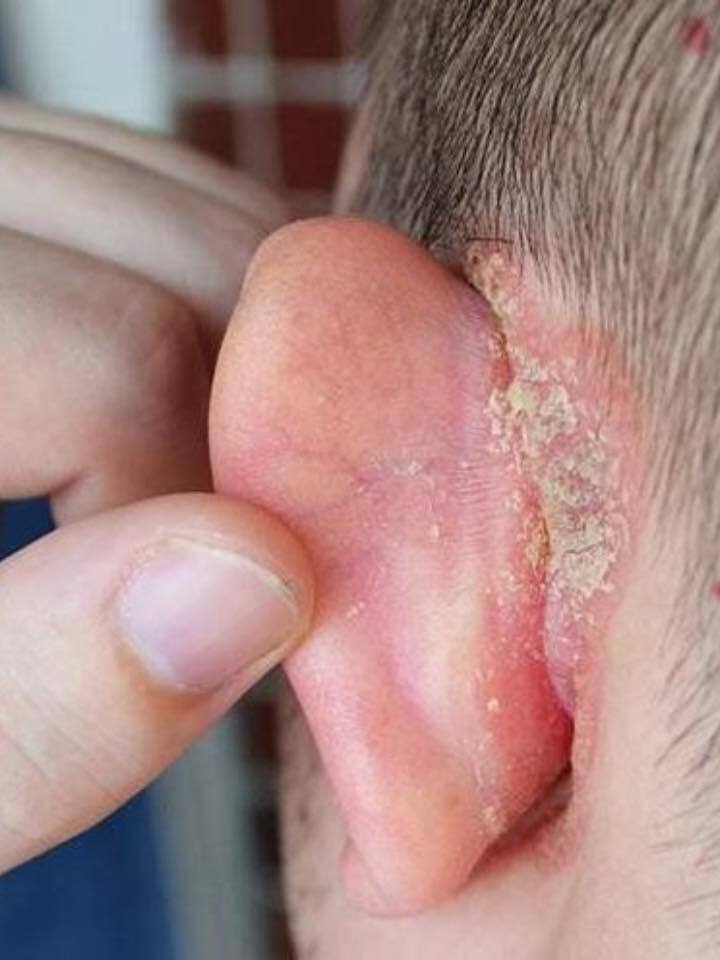Common signs include redness, slight swelling, dryness, bumps, or flaking. Itching is often intense and can distract a child or disturb sleep. These symptoms can look dramatic but are usually mild. However, parents should watch for red flags: if the skin becomes “very warm to the touch,” develops “yellow or green crusts,” starts oozing, or if a fever appears, infection may be present and a doctor should be contacted.
While waiting for an appointment, gentle care helps. Use mild cleansers, avoid fragrances, and pat the skin dry. A cool compress can ease itching. Regular moisturizing protects the skin barrier. Over-the-counter hydrocortisone can help for short periods, but never use it inside the ear canal or on infected skin. Natural products like coconut oil can soothe but may cause reactions, so test first.
Tracking changes, triggers, and anything new—such as a new shampoo or cold weather—helps doctors identify the cause. Other conditions can resemble eczema, so professional diagnosis matters. With calm care and guidance, “most childhood skin conditions…are treatable and manageable,” making the waiting period less stressful and more focused on comfort.
